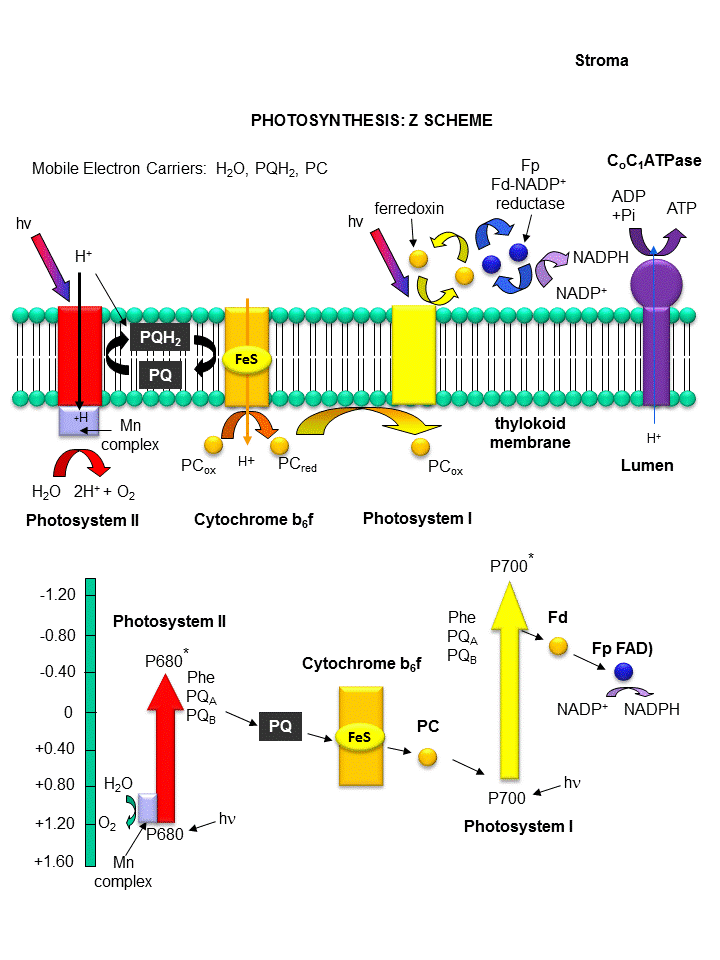The Light Reactions Of Photosynthesis

Photosynthesis is the process by which autotrophic plants make their own food co2 water chlorophyll and sunlight are four important requirements for this process.
The light reactions of photosynthesis. In these reactions hydrogen carried on nadph 2 is used to fix co 2 gas by reducing it into. During photosynthesis in green plants light energy is captured and used to convert water carbon dioxide and minerals into oxygen and energy rich organic compounds. When light strikes chlorophyll or an accessory pigment within the chloroplast it energizes electrons within that molecule. Photosynthesis the process by which green plants and certain other organisms transform light energy into chemical energy.
Light is the source of energy for photosynthesis and the first set of reactions which begin the process requires light thus the name light reactions or light dependent reactions. Dark reactions enzymatic reactions is a group of reactions that occurs in the stroma of chloroplast in which the temperature is the limiting factor for the rate of photosynthesis so these reactions can occur in both the light and darkness. There are four major protein complexes in. In photosynthesis the light dependent reactions take place on the thylakoid membranes the inside of the thylakoid membrane is called the lumen and outside the thylakoid membrane is the stroma where the light independent reactions take place the thylakoid membrane contains some integral membrane protein complexes that catalyze the light reactions.
This short animation describes the light reactions of photosynthesis. Photosynthesis is a process used by plants and other organisms to convert light energy into chemical energy that can later be released to fuel the organisms activities.



















